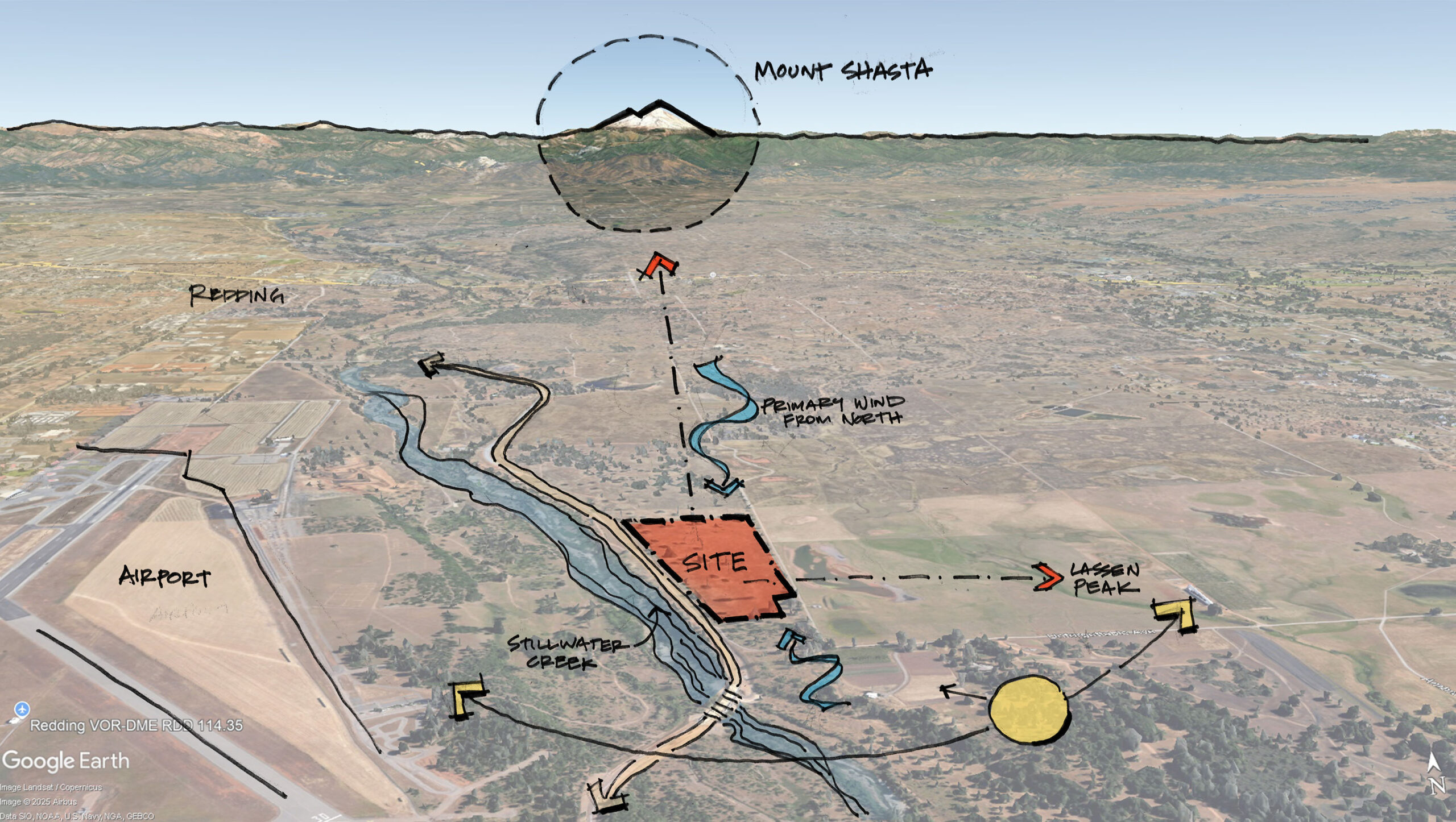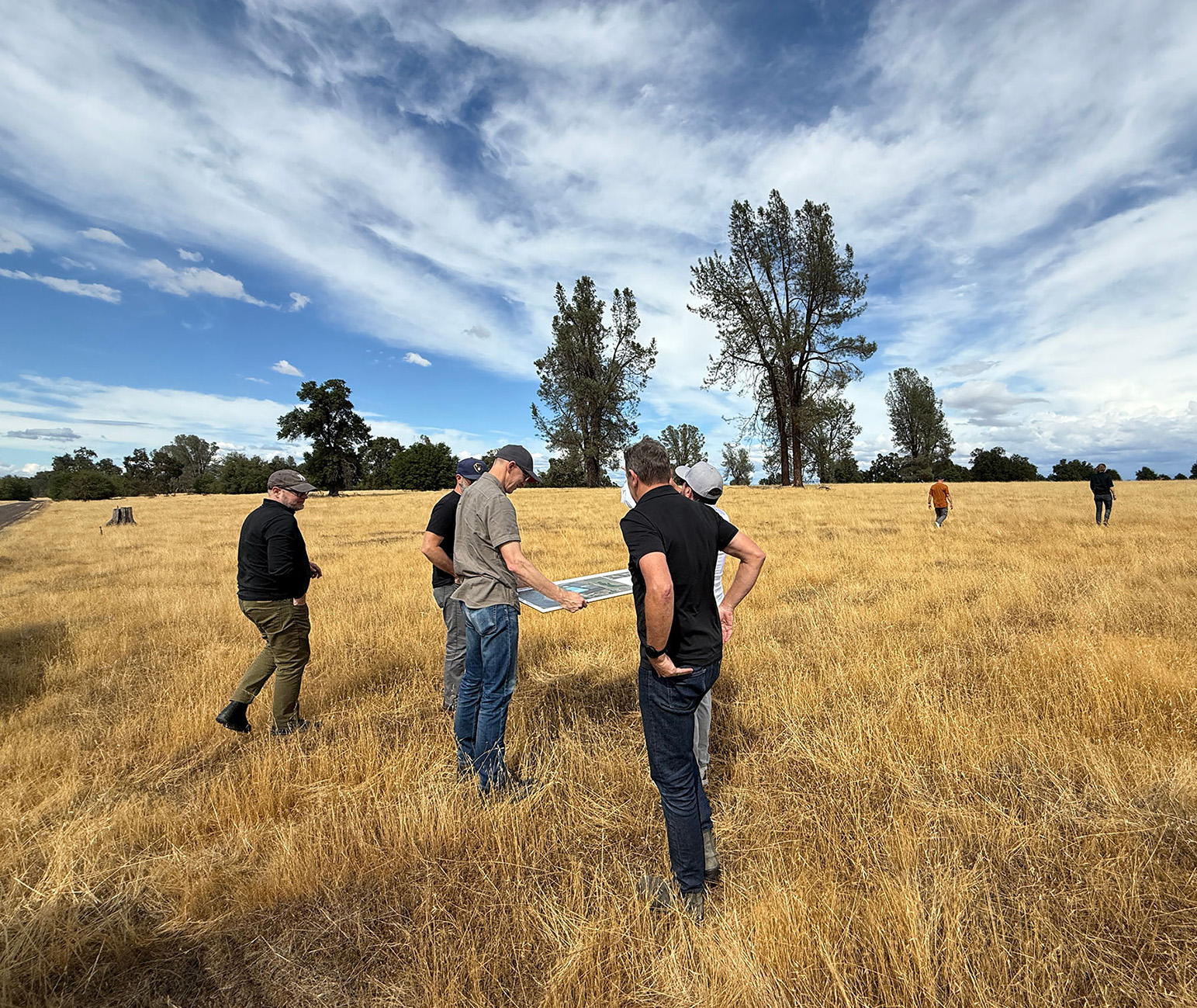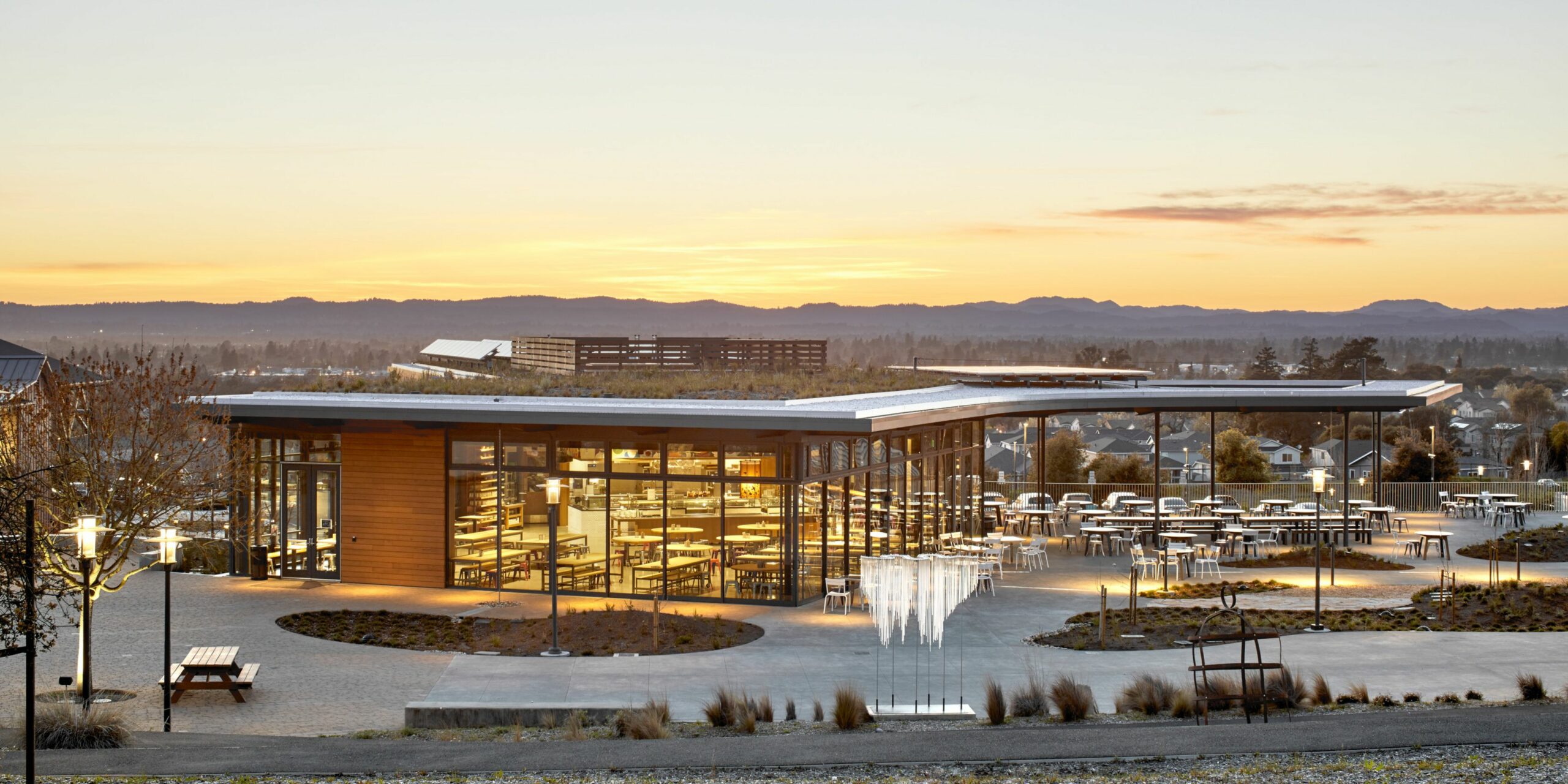
The new facility in Redding embraces daylighting, biophilia and human-centered design strategies, for a company transforming wildfire fuel into climate-positive building materials and creating advanced manufacturing jobs for Northern California.
WRNS Studio and FABRIC Mass Timber have begun design work on California’s first regenerative mass timber manufacturing facility in Redding, marking a pivotal step to expand the circular, low-carbon mass timber economy in the state. The building offers a new paradigm for industrial architecture: a biophilic and adaptable system that showcases innovation while reducing carbon at scale and empowering local communities. The 200,000-sf vertically integrated facility will be the headquarters and flagship of FABRIC’s operation, bringing consulting, engineering, manufacturing, testing and demonstration under one roof. The building will also be the nexus of FABRIC’s ecosystem, to cultivate connections between the design, construction and forestry industries, academia, research, policy-making, workforce training and community activism, with the goal of increasing awareness and adoption of mass timber across multiple industries. With this project, timber will be sustainably harvested from California forests, fabricated by a local workforce, designed for structures that address the state’s urgent need for housing and development.

“Drawing on our mass timber expertise on recent projects for Microsoft and Princeton University, we are thrilled to help this game-changing organization create a vibrant flagship facility, serving the Redding community, and creating a new beacon of sustainability in California.”
FABRIC Mass Timber, founded in Northern California, is pioneering a new model of resilient industry, sourcing timber from local Hazardous Fuel Reduction projects in partnership with CalFire and the National Forest Service, to create a new and abundant local supply chain of timber for mass timber production. They are also building on the momentum of state-wide leadership in embodied carbon reduction policies, and a state building code which adopts the use of mass timber as a viable and fire-resistant structural system. The company also aims to address the state’s housing crisis by offering an efficient and modular alternative to traditional multi-family housing construction.




